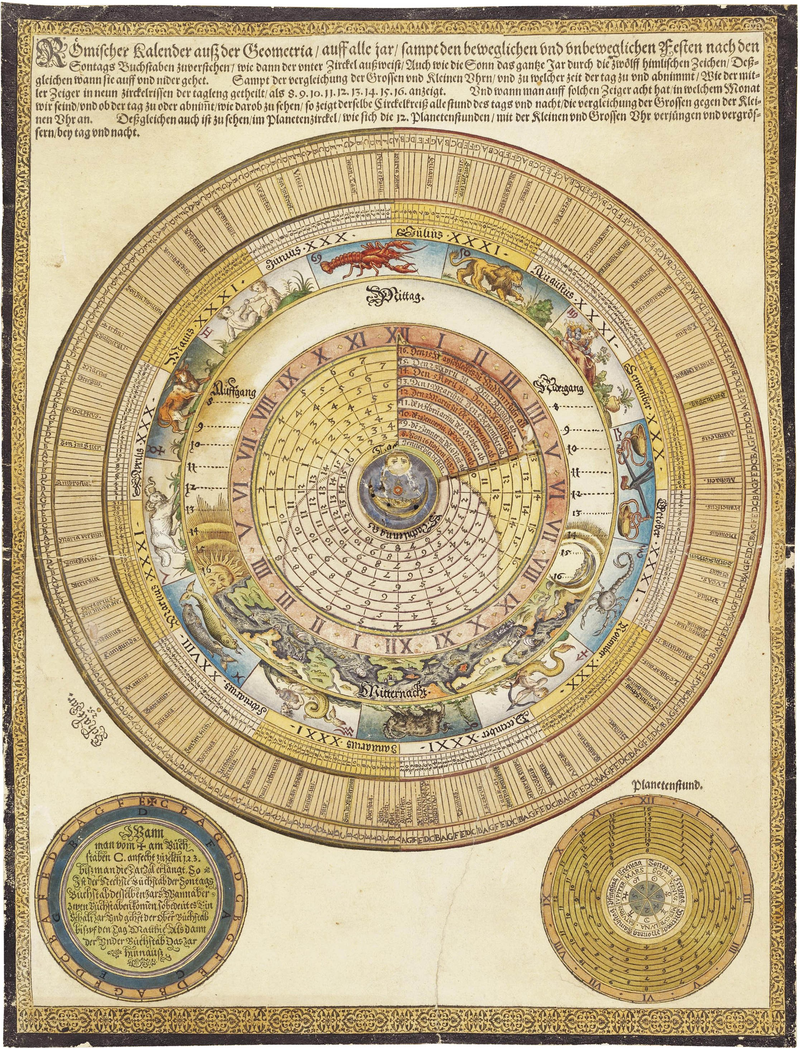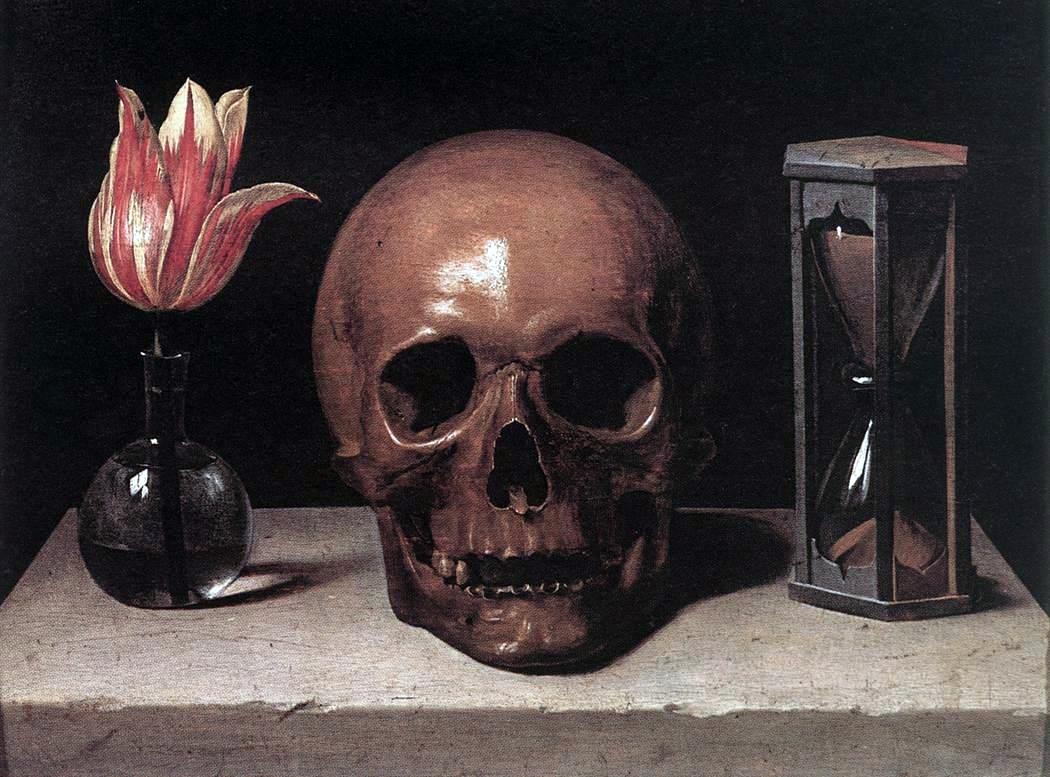The earth does not share our same affection for round numbers or simple math. Instead, our blue planet travels around the sun at a rate of one revolution about every 365.25 days. It’s this extra sliver of a day, a length of nearly six hours, that has to be compensated for. And that’s why this year, 2016, will contain this extra day, February 29.
 The calculations involved go slightly beyond the grade school level, however. Were we to keep a leap year every four years, a century’s time would throw off a year by three days. That’s why every three out of four centuries are exempted from the leap year, (as 1700, 1800, and 1900 were) while the fourth has one (as the year 2000 did).
The calculations involved go slightly beyond the grade school level, however. Were we to keep a leap year every four years, a century’s time would throw off a year by three days. That’s why every three out of four centuries are exempted from the leap year, (as 1700, 1800, and 1900 were) while the fourth has one (as the year 2000 did).
There’s also the problem of the length of the day. The earth really rotates once every 23 hours and 56 minutes, rather than a clean 24, giving us two values for a single day to measure a year by.
But we won’t bother you with too much more math. The real point is that the keeping of time, of marking the year, and making sense of celestial movements has occupied humanity for ages. Before empires like Rome and Persia subjected others to their sense of time, it was as if every civilization had its own calendar. Babylon’s calendar, using the moon to divide the year into twelve sections,or months, was hugely influential. The Hebrew, the Zoroastrian, as well as our own calendar bears this influence.
The way people mark time reflects what they value, as well. It is said that Julius Caesar and Augustus plundered days from other months of the calendar to embellish the months that bore their names, reflecting their particularly Roman audacity. The way years are counted matters too. In the West, whether BC or BCE, AD or CE, the fact still is that the years are organized around the life of Christ. This demarcation, implemented by a monk in 525, was not without its critics. Many Christians, including Pope Benedict XVI, believe the placing of the birth of Jesus at 1 AD to be wrong.
The business of keeping time is one rife with mistakes. Julius Caesar implemented the efficient Julian calendar, which introduced the leap day to the world, and was used for centuries. However, the calendar was doomed to be off by a day every 138 years. And so Pope Gregory XIII gave us the Gregorian calendar, which was more precise than the Julian model by eleven minutes and fifteen seconds. This slight difference mattered a whole lot. Since 1582, this calendar has grown in currency, and has now become the global standard for marking the year.
The amount of energy that has been put into the marking of time is truly remarkable. One thinks of the herculean effort required to produce structures like Stonehenge. Or the Maya Temple of Kukulkan, a massive pyramid with 365 steps, one for each day of the year. Even astronomers, before they accepted easier models, went through incredible intellectual efforts to justify the geocentric perspective, with earth at the center of the solar system. Brilliant scientific minds, like the Indian Aryabhata and the Greek Ptolemy, devised incredible theories to keep earth in static place in the black ether of the universe, while everything else moved around it.
 That may seem misguided to us now, but we modern folk are no less ambitious to conceive of standardized, official time. Because our concept of the day is based on the rotation of the earth, it is liable to change as the earth keeps an imperfect rate of spin. For this reason, a leap second has been devised to keep standard time, and 26 leap seconds have been employed since 1972. But perhaps nothing is more elaborate than the atomic clock, which keeps immensely precise time, and liberates us from fickle celestial movements. By depending on the frequencies of electromagnetic radiation, these clocks will lose or gain a second only once in 30 million years. Today, the official definition of a second is defined by the radiation frequency of caesium-133, the most trusted isotope for these ultra-precise timepieces.
That may seem misguided to us now, but we modern folk are no less ambitious to conceive of standardized, official time. Because our concept of the day is based on the rotation of the earth, it is liable to change as the earth keeps an imperfect rate of spin. For this reason, a leap second has been devised to keep standard time, and 26 leap seconds have been employed since 1972. But perhaps nothing is more elaborate than the atomic clock, which keeps immensely precise time, and liberates us from fickle celestial movements. By depending on the frequencies of electromagnetic radiation, these clocks will lose or gain a second only once in 30 million years. Today, the official definition of a second is defined by the radiation frequency of caesium-133, the most trusted isotope for these ultra-precise timepieces.
For all humanity’s need to keep precise time, there’s just as powerful an inclination to break from its regimen. We want to keep time, but we also want to distort it, to prolong it, to let it slip from us as we’re consumed by other things. To keep it, we have massive stone structures and clocks attuned to the atom. But to pass it, there are few things that can be depended on like a book.









